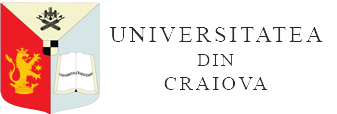A STUDY REGARDING HEAVY METALS IN PERENNIAL GRASSES SPECIES HARVESTED FROM PERMANENT MEADOWS IN THE COPȘA MICĂ AREA, ROMANIA
DOI:
https://doi.org/10.52846/aamc.v53i2.1520Abstract
Copșa Mică is one of the areas known, at national and international level, with a high level of pollution, even though metallurgical activities have been stopped. Heavy metals contamination of the environment is a worldwide concern. This study shows the content of heavy metals (Cd, Pb, Zn and Cu) in two species of perennial grass plants (Dactylis Glomerata L. and Festuca Rubra L.) from permanent meadows in the Copșa Mică area. The estimation of heavy metal content is based on a data set made in 17 points for Dactylis Glomerata L. and 19 points for Festuca Rubra L. harvested from permanent grasslands at different distances from the pollution source. For Dactylis Glomerata L. the Cd content varies between 0.05 mg/kg and 1.21 mg/kg, the Cu values were between 2.80 mg/kg and 5.55. The content of Pb and Zn recorded values between 0.15 mg/kg and 49.6 mg/kg and 34.7 mg/kg and 122 mg/kg, respectively. In Festuca Rubra L., Cd values are between 0.04 mg/kg and 3.07 mg/kg, Cu – 0.29 mg/kg and 7.53 mg/kg. Lead (Pb) and zinc (Zn) values ranged between 0.1 mg/kg and 27.5 mg/kg and 25.8 mg/kg and 131 mg/kg, respectively. The results of this study are important for the estimation of heavy metal accumulation in perennial grass species in permanent grasslands, which are consumed directly by animals and indirectly by the population.


